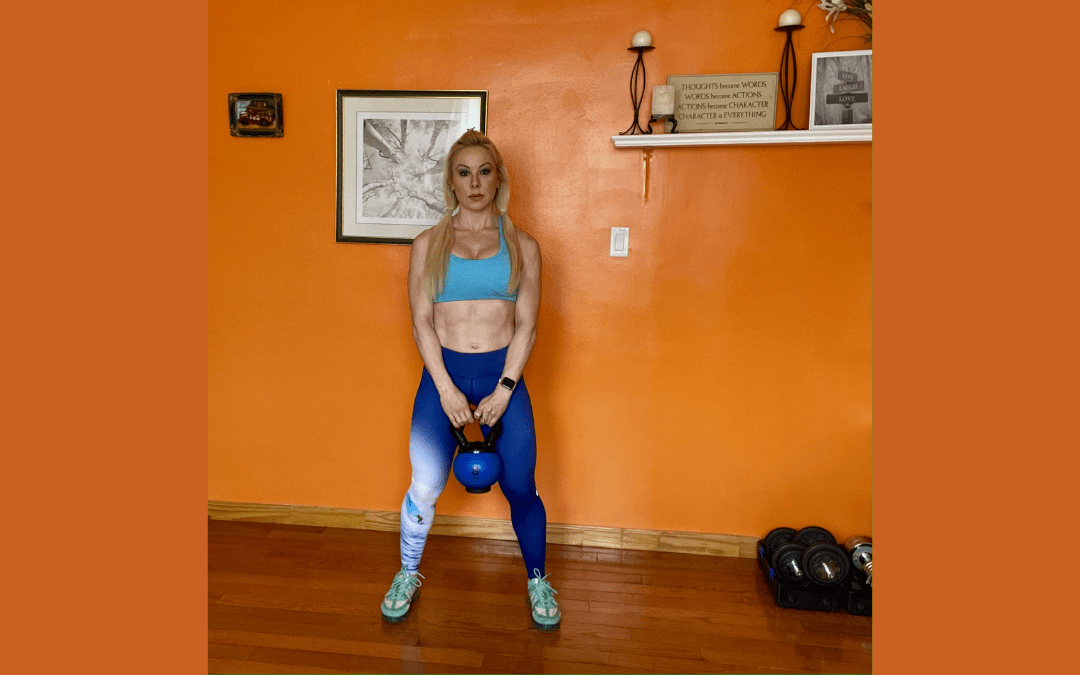When you first start weight lifting, it’s normal to progress pretty quickly and start seeing results. As you settle into a weight lifting routine that works, it’s entirely normal for that progress to slow down. This isn’t a problem unless it results in what’s known in the industry as a weight lifting plateau.
A plateau is when you start noticing dramatic decreases in the results of your regular workouts for at least three weeks in a row. You stop making gains in a particular exercise and you can’t keep adding weight or reps. Besides hitting a plateau in relation to strength, plateaus can also manifest in cardiovascular training and weight loss.
Experiencing plateaus can be problematic considering that, when you’re new to weight lifting or exercise, not seeing results can be demotivating. This can push you to deviate from your course and away from your routine. However, you can see fitness plateaus as a transitional period and a signal that you need to make changes. With that in mind, the moment you find yourself at a plateau, it’s essential to put the following tips into action to help you peak that new weight goal at last.
Aim for Productive Workouts
Often, plateaus happen because we approach workouts without having productivity in mind. Switching from one weight to another with no real rhyme or reason other than breaking a sweat doesn’t help you to keep improving. There’s nothing wrong with lifting and burning calories, of course. But from a progression standpoint, this poorly structured approach is unlikely to ever reap the rewards you desire.
To overcome this, it’s crucial to instead approach workouts in a more productive way. Make sure to overload your muscles progressively. Don’t just keep repping the same weights week after week or month after month. Change your exercise selection, training frequency, volume, and rep ranges. Have structured sessions and track your workouts so you can visualize changes and have a database of your progress.
Focus on compound exercises. Exercises that work several muscles and joints simultaneously deliver a lot more muscle and strength bang for the buck than isolation exercises. Isolation exercises are better for targeting small muscles and correcting muscle imbalances.
Lastly, if you have trouble, properly designing a workout routine that help you achieve your goals, it’s best to get someone to design your program. Get a fitness pro involved and get coaching so you can get a plan that progressively overloads your muscles and keeps the next weight lifting goals at the forefront of your plans.
Adjust Your Nutrition
Nutrition plays such a huge role in weight lifting that you would think everyone keeps it at the forefront. Yet, when it comes to trying to push past a plateau and break into the next weight set, it’s amazing how very few consider whether potential setbacks stem from poor diet or a lack of supplementation. In reality, though, lifting heavier weights, running faster, or change your body composition is never going to be possible if you don’t adjust your nutrition accordingly.
Stock up on a steady supply of cheap protein powder, make sure to cook wholesome organic meals, and supplement to recover so you have sufficient energy to perform your best. This can greatly help your muscle growth and stamina which, when mixed with structured training, could have you lifting the next weight in no time. Also, don’t forget to stay properly hydrated; hydration plays a critical role in muscle performance and recovery.
Rest Enough
Another common cause of a plateau is overtraining and not being fully rested. Signs of overtraining are muscle and joint pain, fatigue, low energy, and getting sick more often. Getting proper rest is just as important for your fitness progress as hitting all of your workouts. Rest days allow you to take a break from training and allow your body to recover. Then, your body can replenish its energy stores and repair muscle tissue. Allow at least one day a week for rest.
Another aspect to consider is your sleep. Getting enough sleep is critical for your recovery. If you are not sleeping long enough or deep enough, it’s a good idea to back off your workout intensity until you are well-rested. You’ll find that by taking time off and resting enough, you are more energized and your performance improves.
If you already hit a plateau, you should be deloading. You can do this by significantly reducing the weight you lift, shortening your workout time, decreasing the number of sets and reps you perform, concentrating on stretching more, or taking time off a particular exercise or your training.
Make Sure You’re Ready
Sometimes, a failure to progress to the next weight is simply a sign that you aren’t quite ready. Maybe your body needs more time. In this instance, fear not because waiting is the best policy here. You know when you’re ready straight away because you continually start hitting the top of your rep ranges. Even when you do switch over, focusing on deadlifts and squats is a great way to build initial strength, allowing you to slowly chip away at that plateau until, finally, you break through to the other end.
Stalling in your strength training can be undeniably frustrating. If you feel like you have hit a roadblock on your fitness journey, don’t despair – it always happens for a reason. The tips described above can greatly help you get through plateaus. Help yourself out of your next slump by keeping these pointers close to your chest as you move forward in your weight lifting journey.
To a Fitter Healthier You,
The Fitness Wellness Mentor



